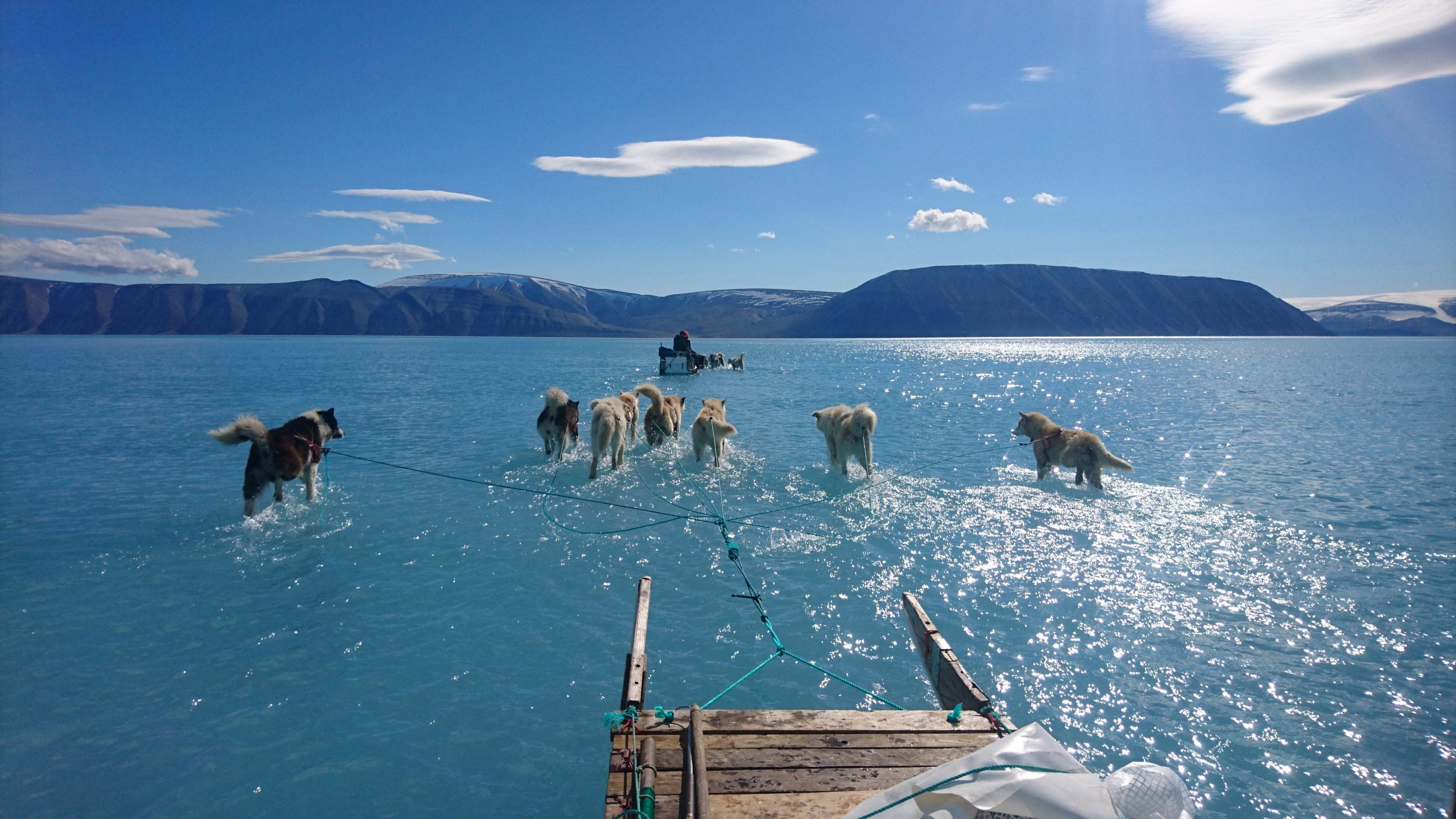© Turkuvaz Haberleşme ve Yayıncılık 2024
Europe lost as many as 195,000 lives and suffered more than 560 billion euros ($605.18 billion) in economic losses due to extreme weather conditions since 1980, the European Environment Agency said Wednesday.
"Nearly 195,000 fatalities have been caused by floods, storms, heat- and cold waves, forest fires and landslides" between 1980 and 2021, the EAA said in its report.
Of the 560 billion euros in losses, only 170 billion, or 30%, were insured, the EEA said, as it launched a new online portal collating recent data on the impact of extreme weather.
"To prevent further losses, we need to urgently move from responding to extreme weather events ... to proactively preparing for them," EEA expert Aleksandra Kazmierczak told AFP.
According to the latest data, heatwaves accounted for 81% of deaths and 15% of financial losses.
Europe needs to take measures to protect its aging population, with the elderly particularly sensitive to extreme heat, the EEA said.
"Most national adaptation policies and health strategies recognize the impacts of heat on cardiovascular and respiratory systems. But less than half cover direct impacts of heat like dehydration or heat stroke," it said.
The summer of 2022 saw more deaths than usual in Europe following repeated heatwaves, but the 2022 deaths were not included in the data published Wednesday.
There were 53,000 more deaths in July 2022 than the monthly average in 2016-2019, up by 16%, though not all of those deaths were directly attributed to the heat, the EEA said.
Spain registered more than 4,600 deaths linked to the extreme heat in June, July and August.
Climate modeling has predicted longer, more intense and more frequent heatwaves.
In February 2022, the EAA said extreme weather killed 142,000 people and caused 510 billion euros in losses for the period 1980-2020.
The increase in the figures released on Wednesday was partly due to the fact that in 2021, flooding in Germany and Belgium led to economic losses of almost 50 billion euros.
In terms of deaths, a change in methodology in France and Germany was responsible for the large variation, the EEA said.

Climate change caused by humans increased the risk of drought five- or six-fold in 2022, a year when forest fires ravaged twice as much territory as in recent years, the EEA said.
Droughts could end up being very costly.
Economic losses could rise from 9 billion euros per year currently to 25 billion euros at the end of the century if the planet warms by 1.5 degrees Celsius.
That could climb to 31 billion euros if it warms by 2 degrees Celsius and 45 billion euros if it warms by 3 degrees Celsius, according to scientific scenarios.
The consequences for agriculture could be "devastating," the EEA warned.
"Farmers can limit adverse impacts of rising temperature and droughts by adapting crop varieties, changing sowing dates and with changed irrigation patterns," the report said.
Without changes, yields and farm incomes are projected to decline in the future, it said.
While human losses from flooding are much lower, accounting for just 2% of the total, they are the most costly, accounting for 56% of economic losses.
